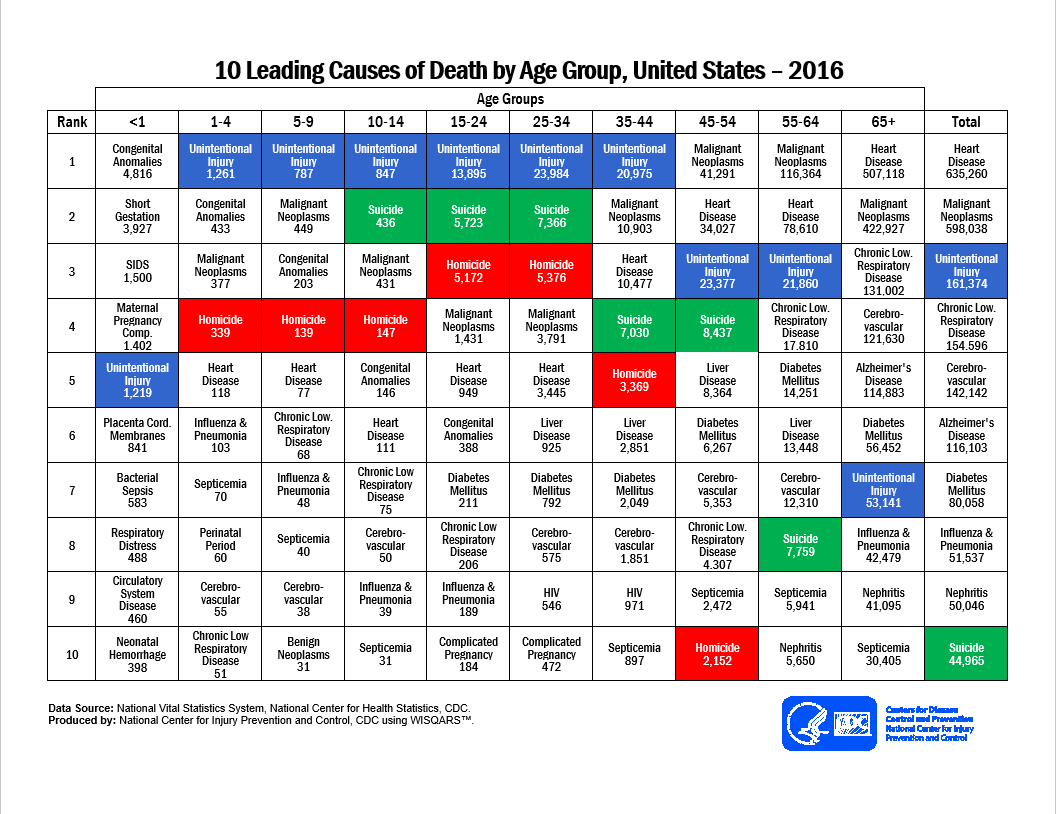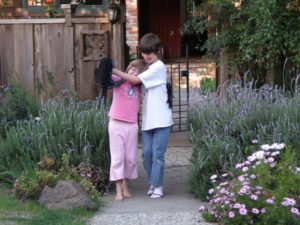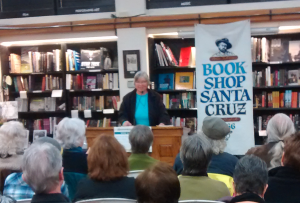I’m reading a fantasy novel in which the main character is a musician. When he is entrapped by a malevolent fairy, he tames her through his music.
I’m pretty certain that the story wouldn’t quite be the same if our hero had pulled an iPhone out of his pocket and said, “Hey, listen to this sick new track by Bruno Mars!”
There’s something special about live music
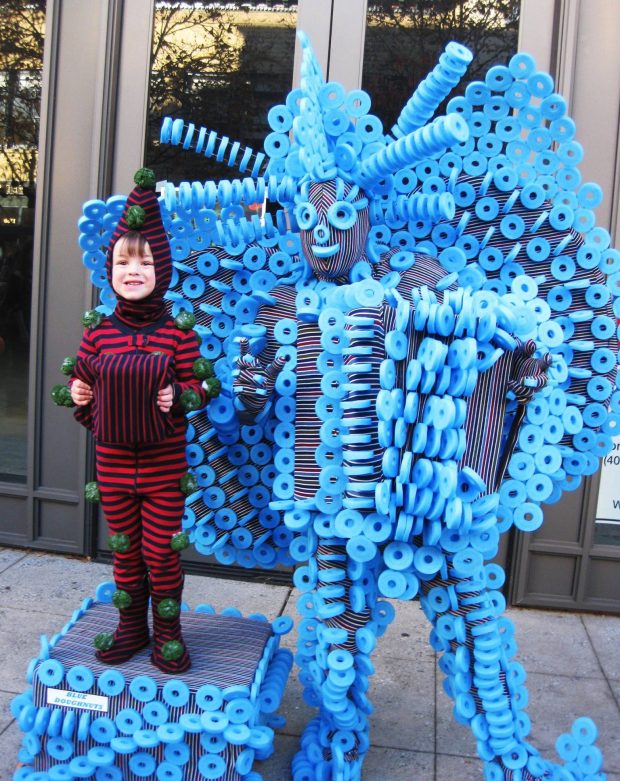
No matter who the musician is, whether a down-and-out traveler trying to make a buck on a sidewalk or the New York Philharmonic, musicians are in it to communicate. Recordings have many wonderful qualities, but they lack that person-to-person connection you find in live music.
What happens when you hear live music? It’s a one-to-one conversation between the musician and each listener. Though the musician may not be looking at each member of the audience, each member of the audience is within the sphere of communication that the musician has set up, whether that’s the distance an acoustic guitar can be heard on a busy street, or the surround sound of a stadium performance.
This one-to-one transmission is special, and is fundamentally different than listening to recorded music. Perhaps the continuing popularity of live recordings testifies to a bit of the live feeling being transmitted. Despite the fact that we can make “perfect” recordings in studios, live music feels more real.
All live music is valuable
Sometimes it seems that parents feel they need to choose “important” music to bring their children to. But I would argue that unless your child is enthralled with opera, a guy playing a squeezebox on the corner will make a deeper connection with your child than the greatest opera singer.
Concerts that require our children to go against their natures won’t connect with their nature. Being confined to a seat, being forced to look quietly in one direction, being too far away to make a personal connection—it’s no wonder that many kids balk at being taken to concerts.
I recommend finding a cafe that features local musicians. Go to a busy downtown on a nice day. Some of the musicians that children appreciate most in my community are an accordion player who dresses in wild costumes and a large marimba group that sets up on street corners and plays at festivals.
Music is communication
If you can find a situation where your child can actually interact with the musician, even better. My kids loved putting money in buskers’ cases. And we loved the orchestra “petting zoo” that our local symphony puts on each year.
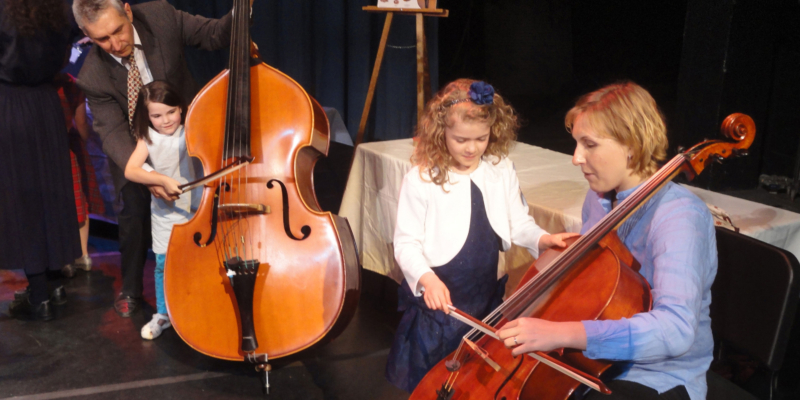
Music together
If you can’t get out to hear live music today, another thing you can do listen together—not in earbuds!—or sing together. Make music, share music, and live longer and happier lives.
